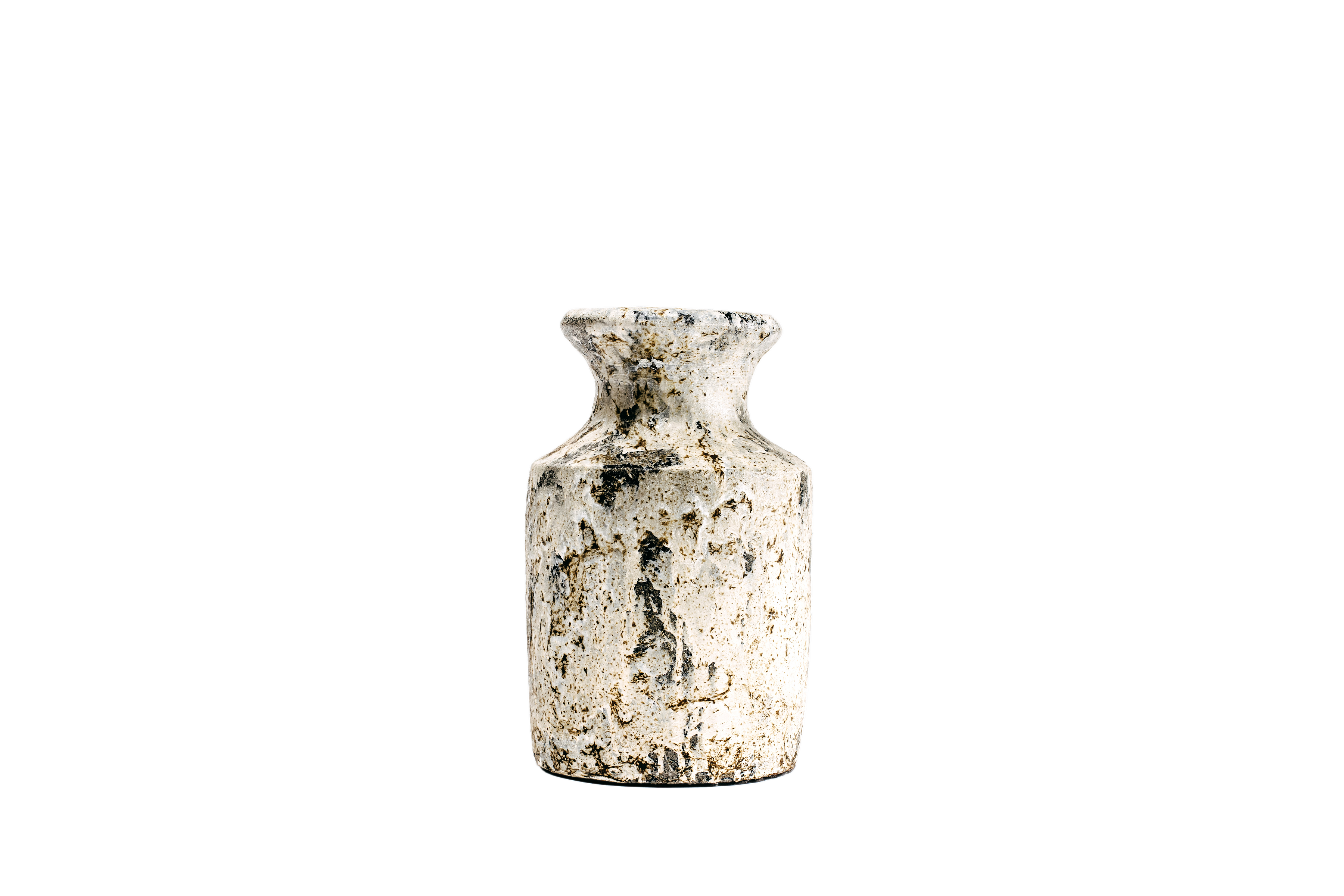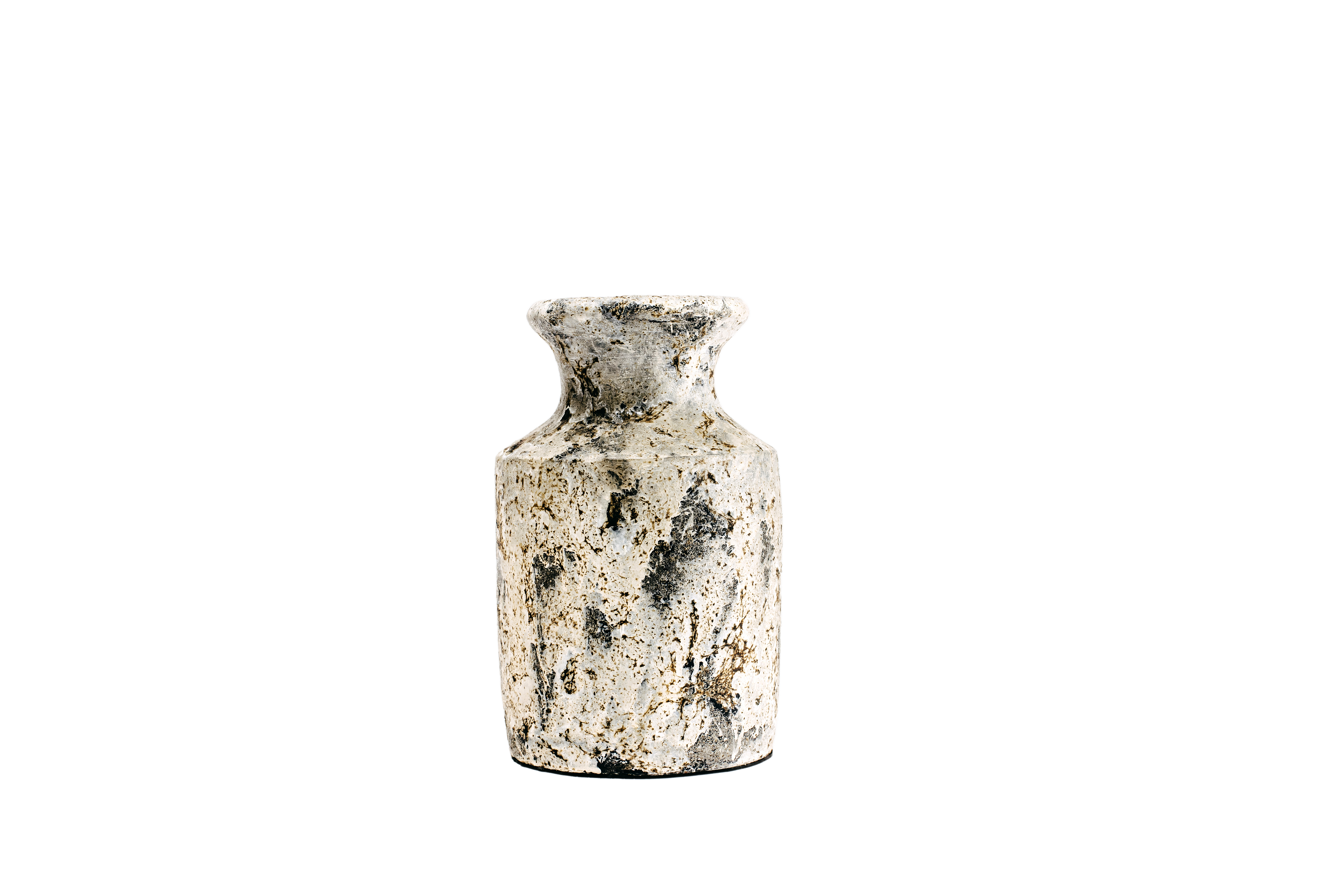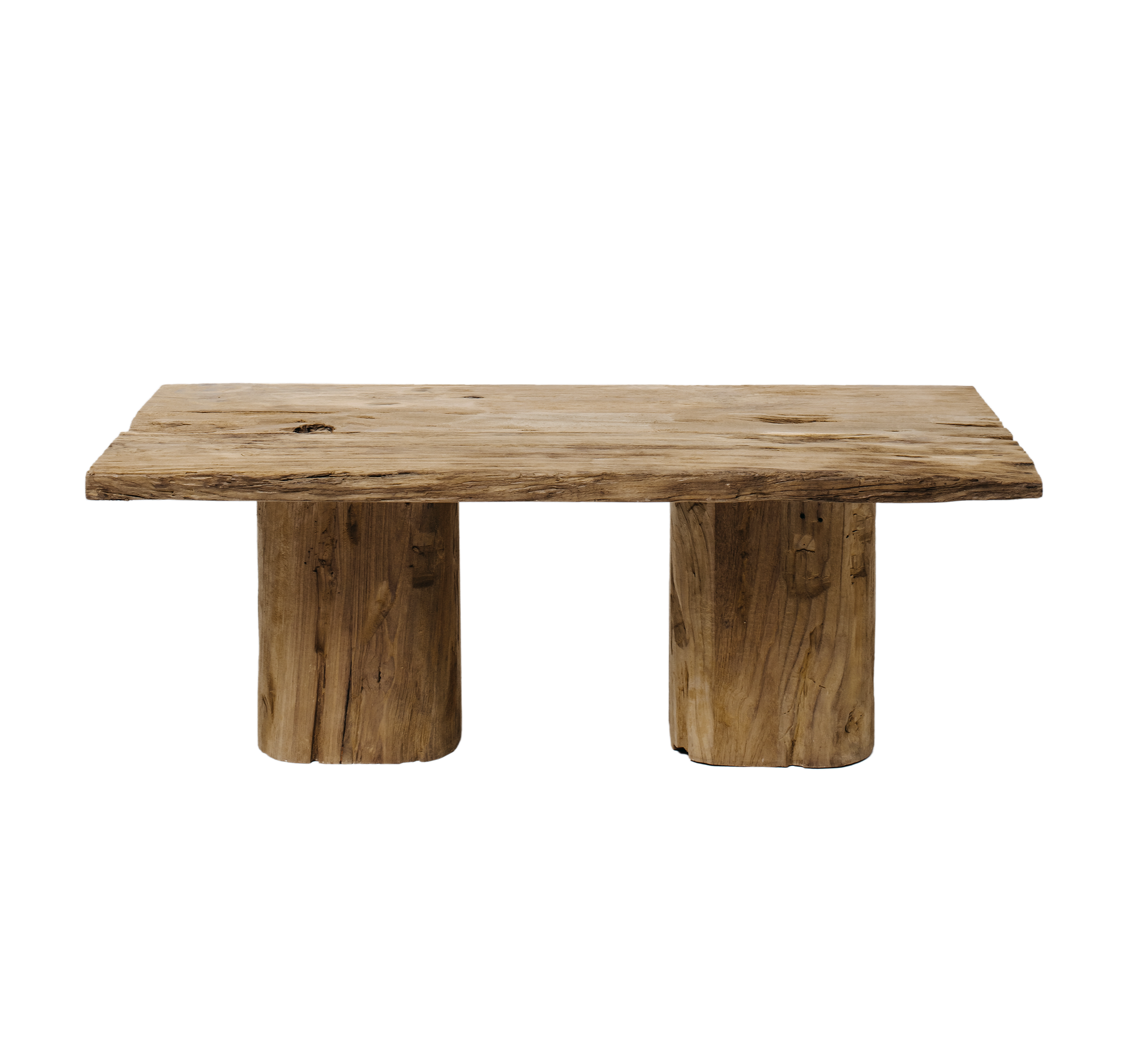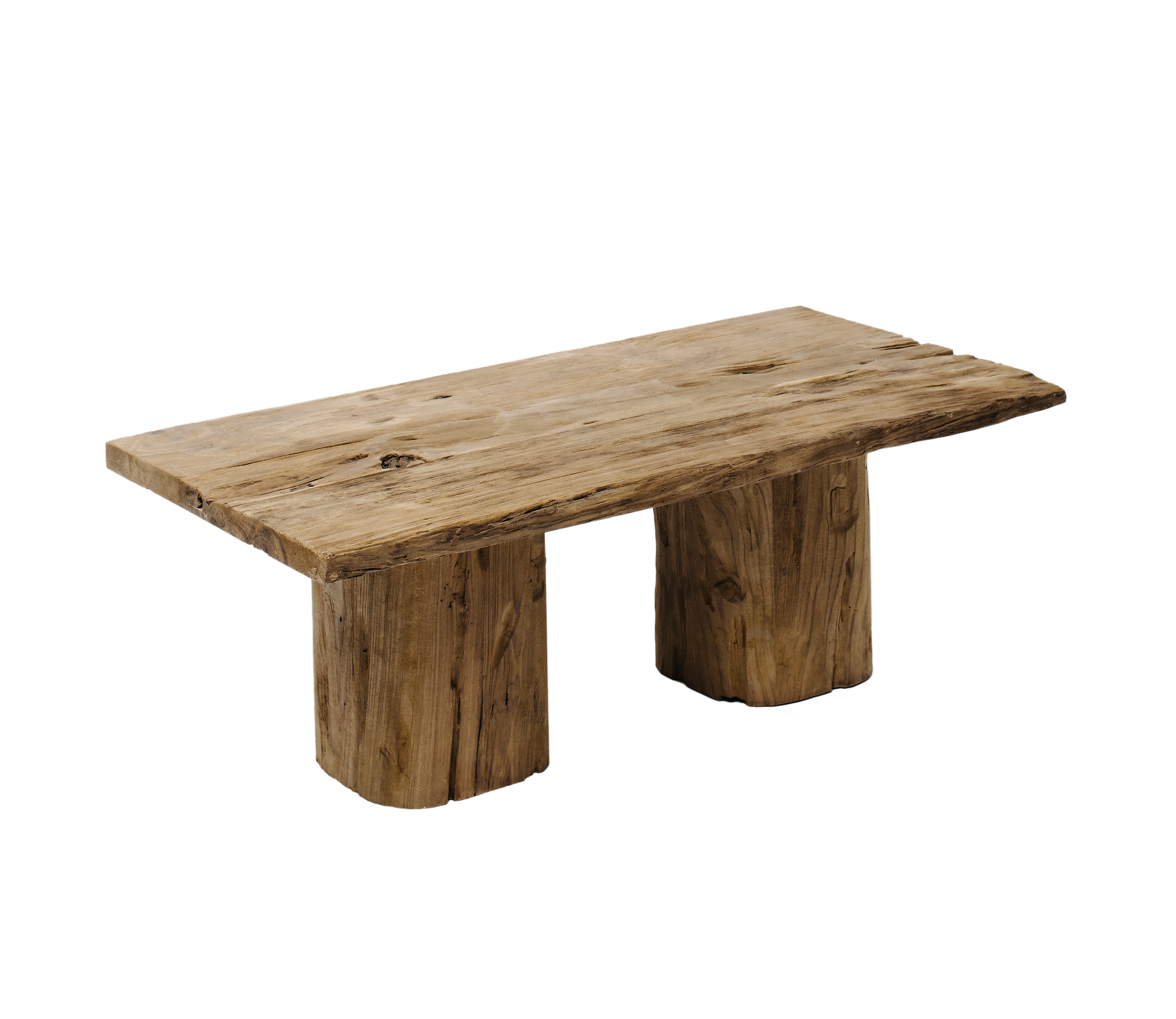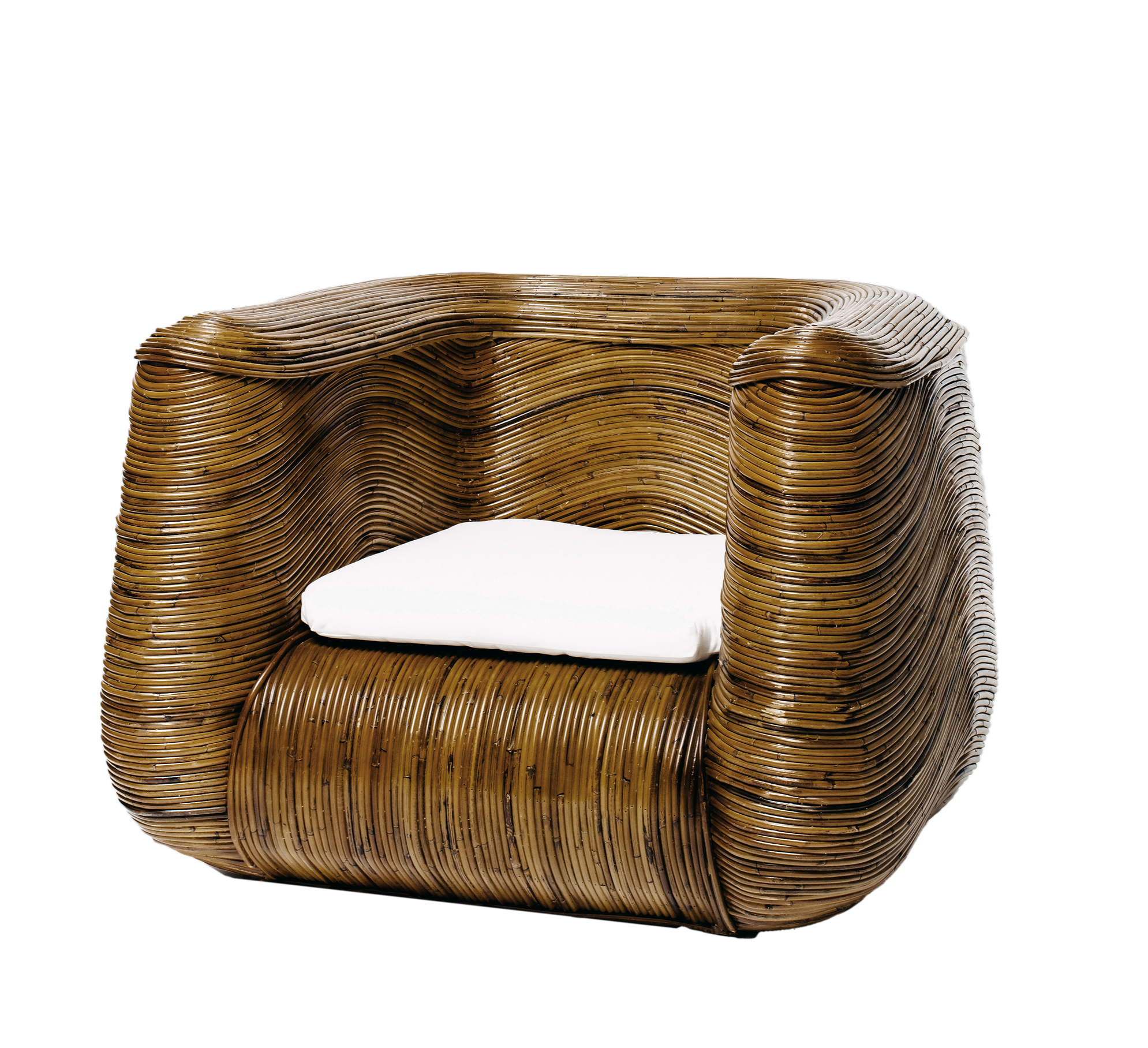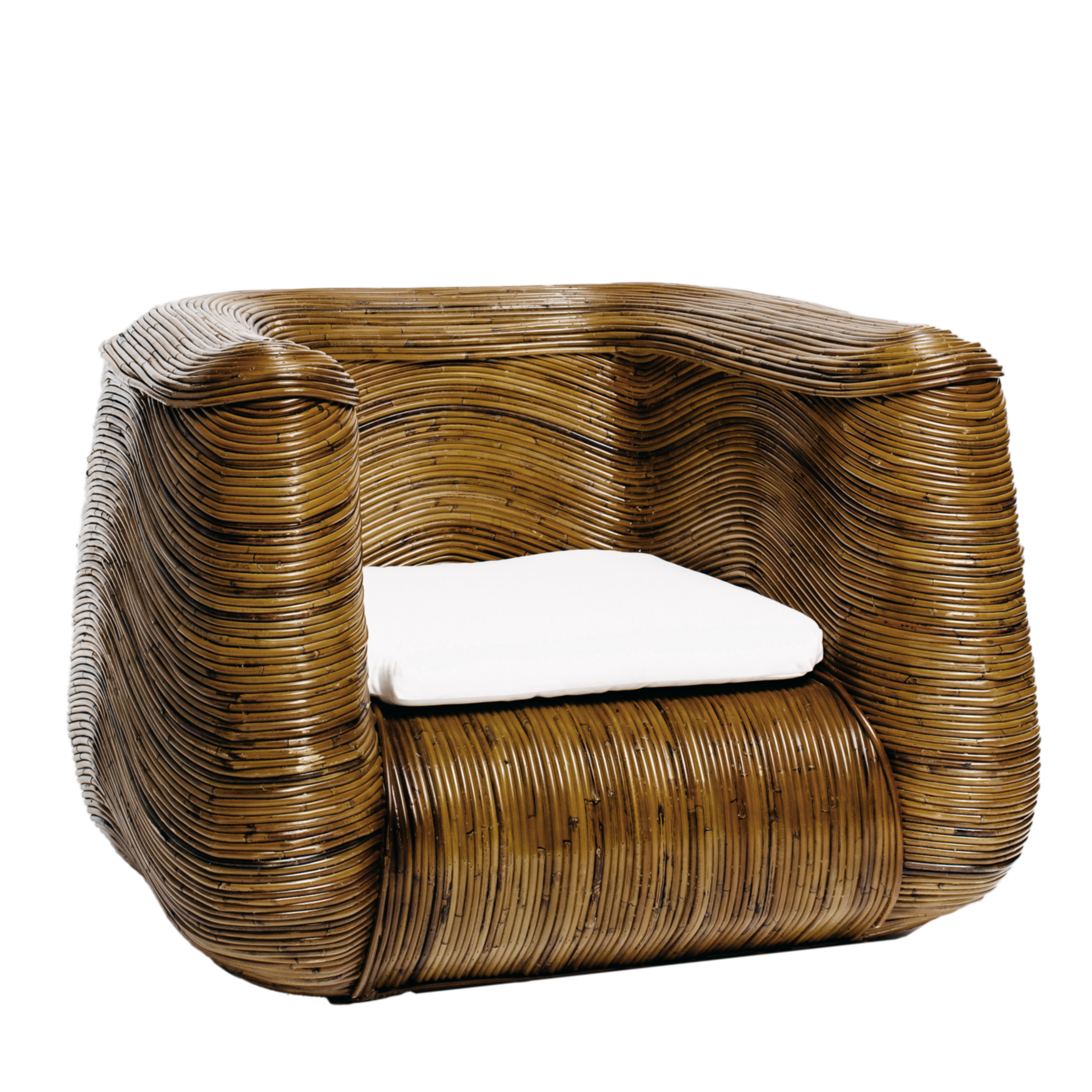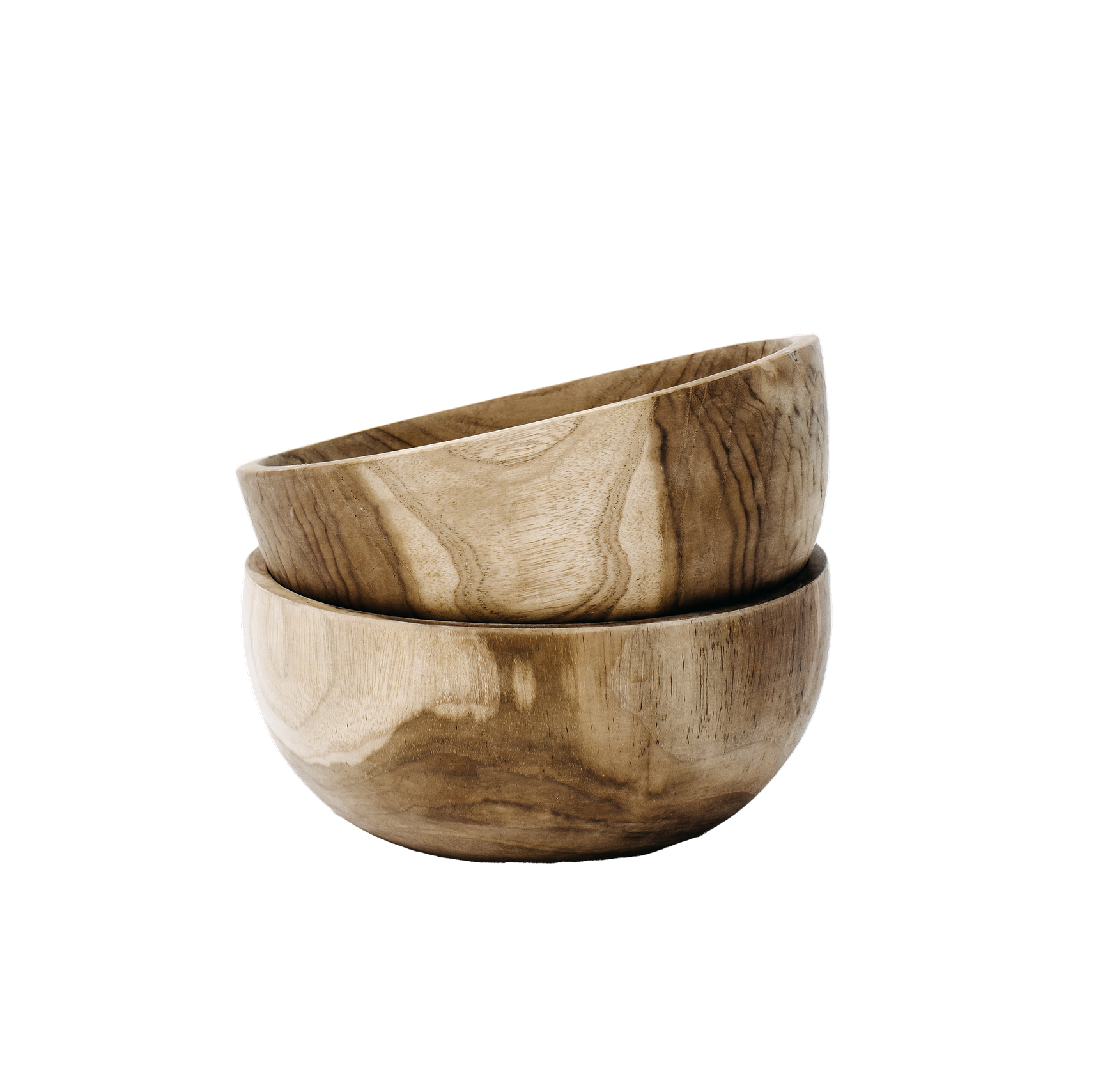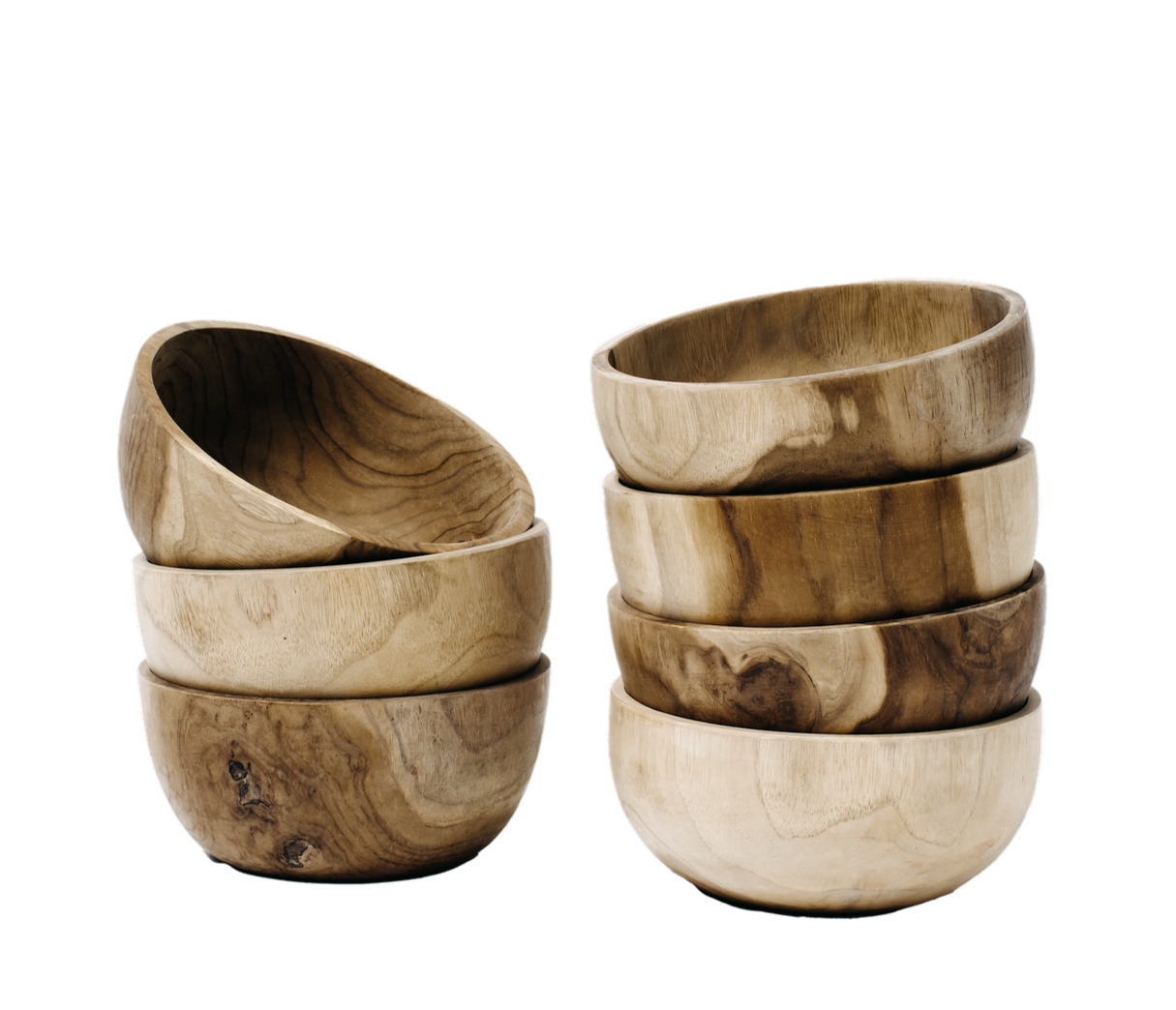Wabi-Sabi is an ancient Japanese philosophy, a unique way of life, deeply rooted in Zen Buddhism. Its teachings have become a main source of inspiration for Mark and Liz’s lifestyle and work. Life is full of extremities: stressful deadlines, a never-ending inbox, an insatiable appetite for instant gratification. As a society, we lack patience. We need to be constantly reminded, over and over again, to simply slow down, to be still. Our propensity to fight and resist is so much stronger than our ability to let go, to surrender.
When Mark and Liz’s young daughter was diagnosed with Cerebal Palsy, Wabi-Sabi’s ancient wisdoms about acceptance, impermanence and incompleteness deeply resonated with them. The timing for a shift in perspective was perfect, and their newfound appreciation for the Wabi-Sabi philosophy was ideal to manifest into their own lives. Liz describes Wabi-Sabi as her family’s way of disconnecting with the rest of the world, to be gentle with the present, intentional with the future, to flow with time and to be creative without limitations. Put into practice, it has helped their family be more accepting of life’s challenges, as well as giving Mark and Liz the motivation to create healthier, more meaningful places for not only themselves to enjoy but for those who cross their paths.
When it comes to interior styling, Liz’s intent is clear: create calm, tranquil spaces that are deeply connected to nature, and embrace imperfections, particularly those which have been shaped by Mother Earth and the passage of time. And this is how Liz does it; her three main rules for interior styling according to the Wabi-Sabi principles.
Rule 1: Keep it simple
- Choose a neutral colour palette that embodies the earth: shades of brown, green and earthy beiges. Shy away from bright colours.
- When it comes to the placement of decorative items such as cushions or throws, they need to fall naturally and not be perfectly placed. When they’re slightly off-centre, or unevenly placed, they are perfect because they are sitting imperfectly.
- Ensuring that items sink into their natural position rather than placing them perfectly in line or symmetrically is important.
- When designing objects or spaces, it must be representative of the region where it was created. This goes for the wood we use for the We Wabi furniture as well as the decorative items.
Rule 2: Embrace organic and sustainable materials and products
- Stick to organic or sustainable materials or products that use the least amount of harmful processing.
- Utilise natural light, natural forms and recycled materials such as textiles, furniture and accessories which will give you a raw, earthy and textured feel to your space.
- Use of timber: There is such a huge variety of timbers available to us. We love the knots, the rough surfaces, the cracks and crevasses. It provides warmth and we prefer to leave it raw to ensure it is kept in its humbled and natural form.
- Use of plant matter: There is so much diversity in plant matter. Whether fallen naturally or harvested, plant matter has been used for centuries to weave baskets, pile bedding and knit clothing. Completely natural, plant matter can change in colour depending on the time of year and weather conditions, giving it its own natural colour palette.
- Use of concrete: This is a product that can be more flexible than people may think. Before it cures in its final form, it can be moulded in various ways giving not only a durable finished product, but something practical and completely unique. You can pour 10 benches from one batch of concrete and all 10 will still each have their own unique character. Concrete gives a textured finish, variations of colours and natural patterns.
- Forage for your finishing touches: Fallen fronds, twigs or washed-up Beachwood make for the greatest styling accents. They can be placed in a vessel, pinned to a wall, or strung from a ceiling. And because they have been foraged, they are unique and can never be replicated.
Rule 3: Create your own experience
- Nothing should be identical to anything else: Whilst a design may be the same, the textures, colours, and craftsmanship will always differ, making each product unique and every design honest.
- Connect with nature and embrace an everchanging, asymmetrical, natural way of life and bring this idea to the furniture and spaces you create.
- Embrace what is already there. For example, at the We Wabi House, we built a pathway around a boulder, embracing its existence, rather than removing it.
- You can restore something, not to improve its imperfections, but to make them stand out more, leaving them with character. We love bringing out the hidden beauty that we see, that we have discovered, so that others may discover it for themselves.


